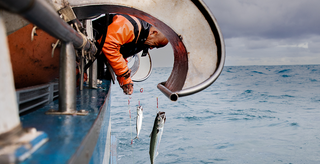
How We Source Our Foods
We choose responsibly produced ingredients from farmers and fishers who share our obsession with quality. And to us, quality food means delicious, nutritious food that helps restore our home planet.


We're in business to save our home planet.™

We choose responsibly produced ingredients from farmers and fishers who share our obsession with quality. And to us, quality food means delicious, nutritious food that helps restore our home planet.
Register to receive a notification when this item comes back in stock.